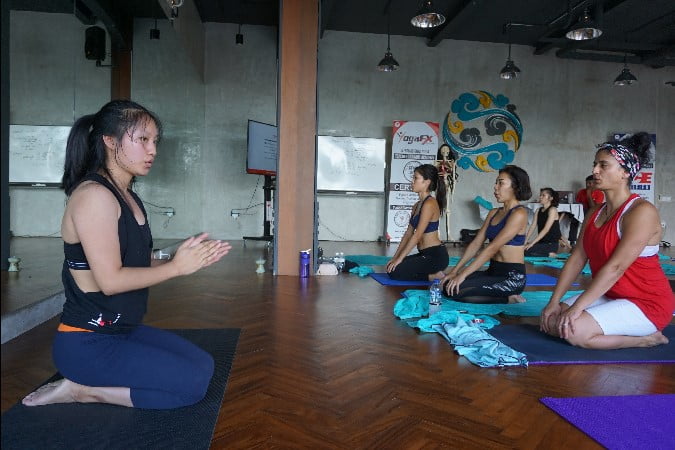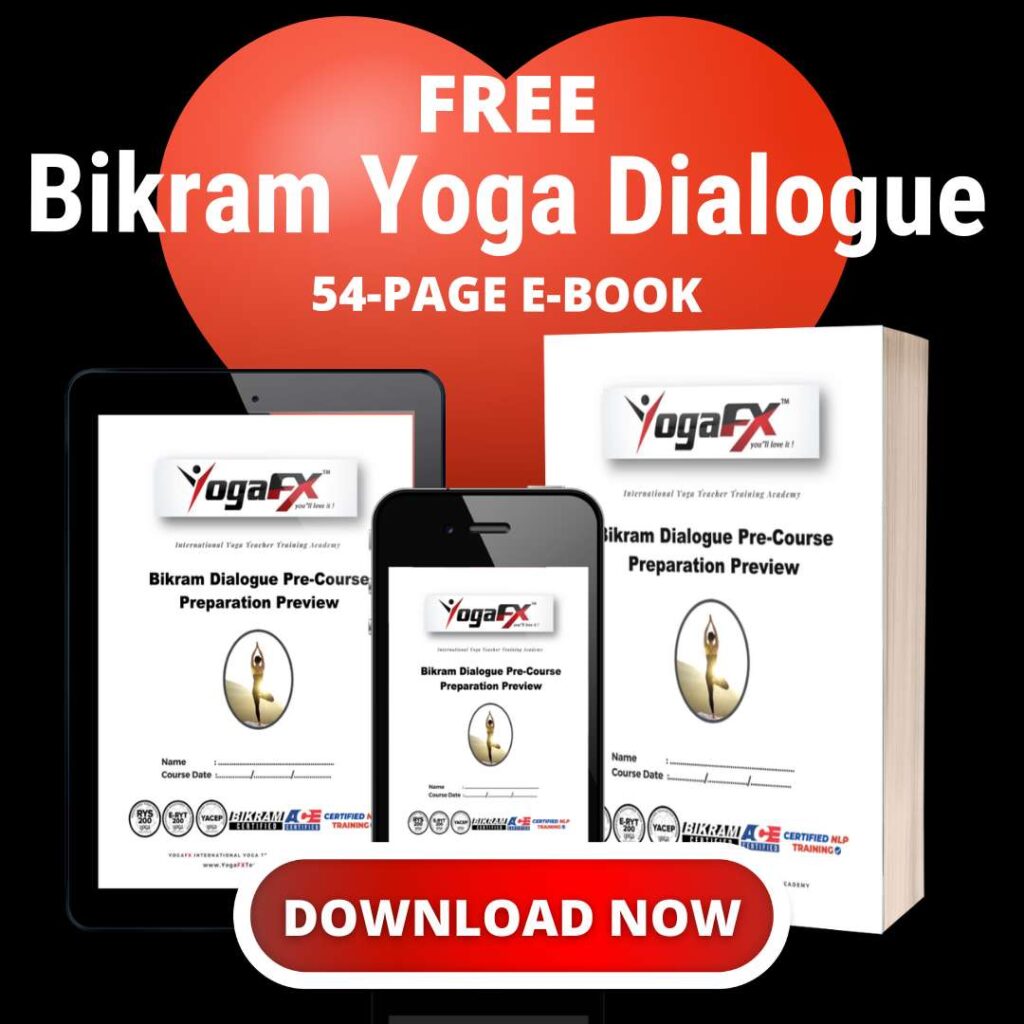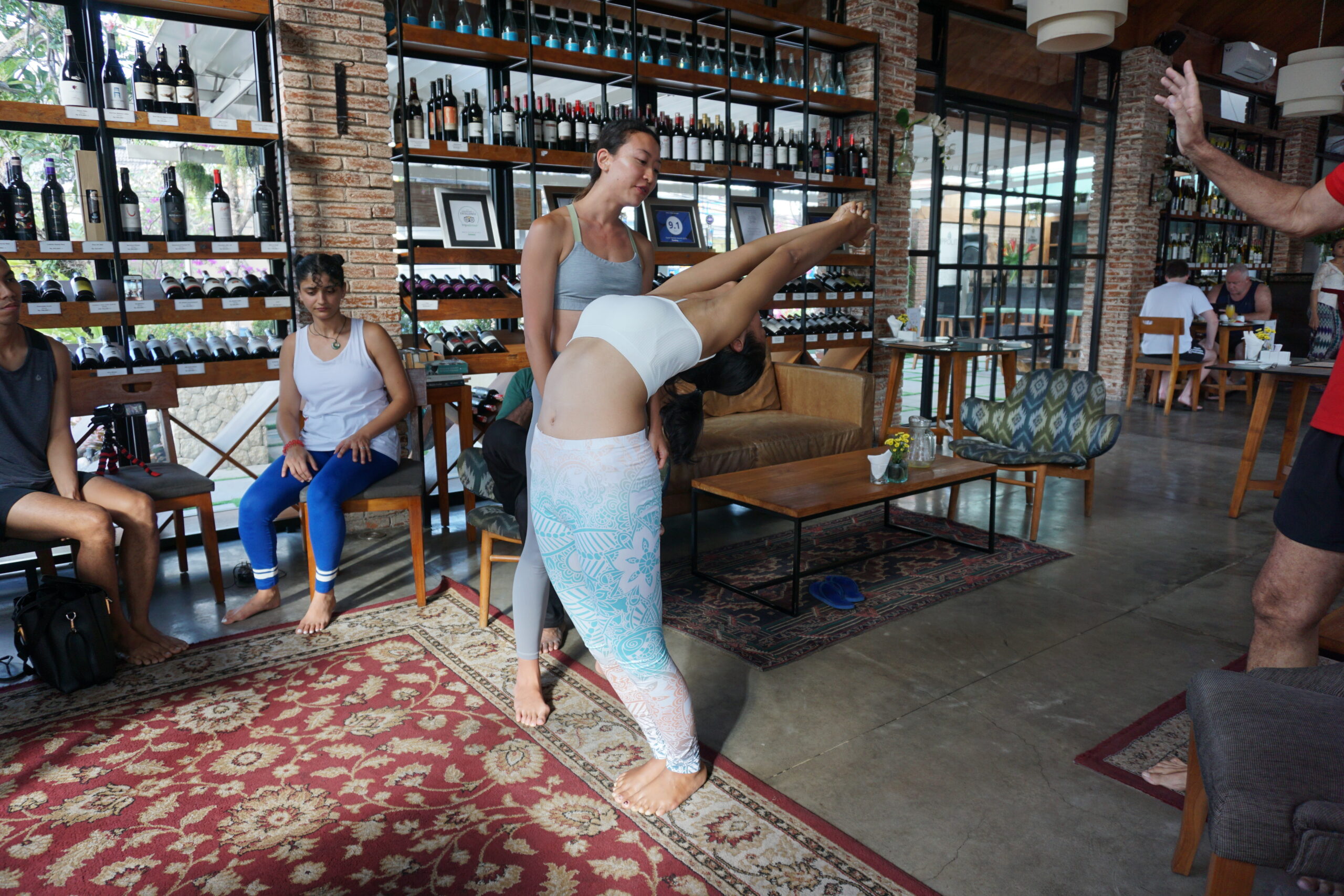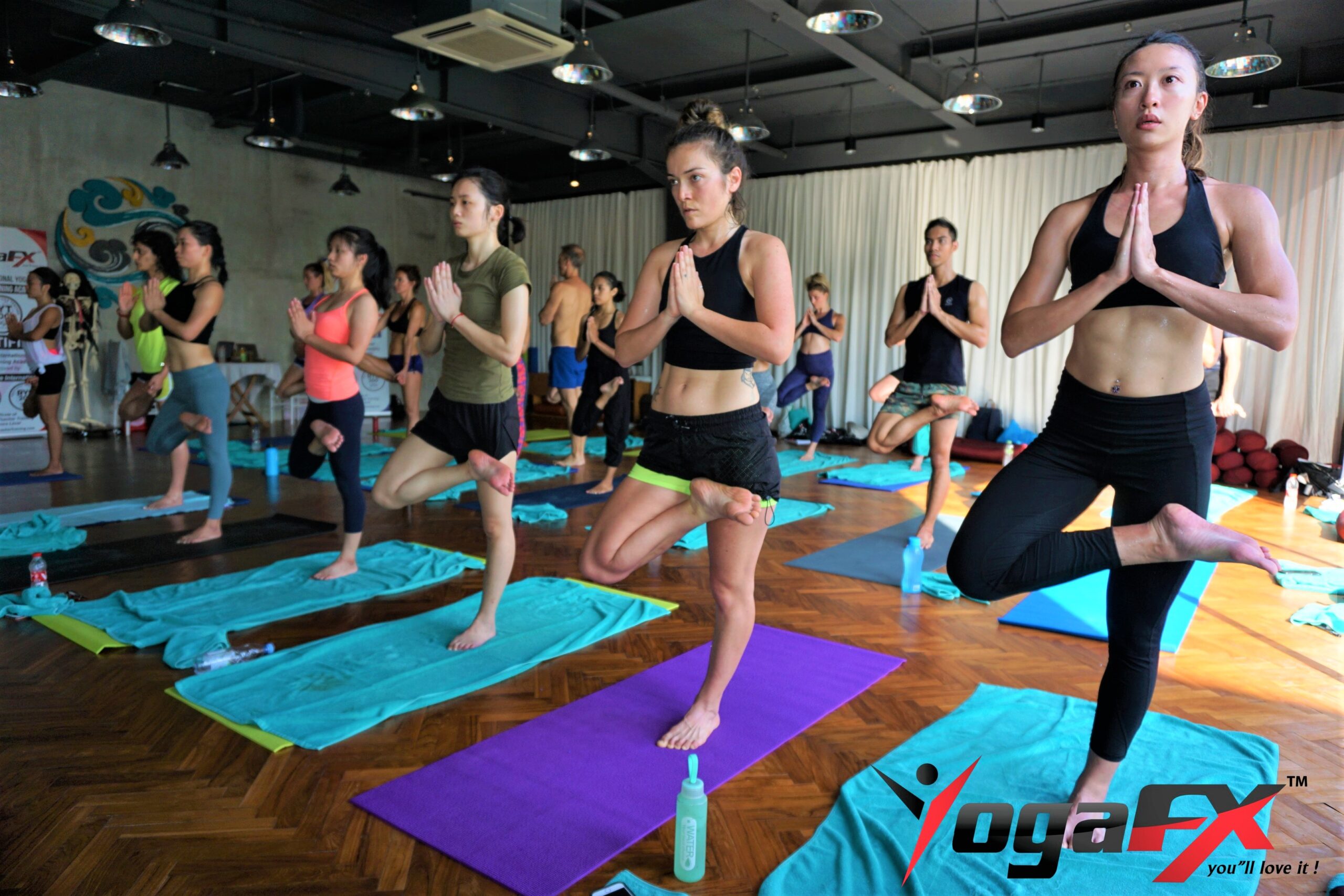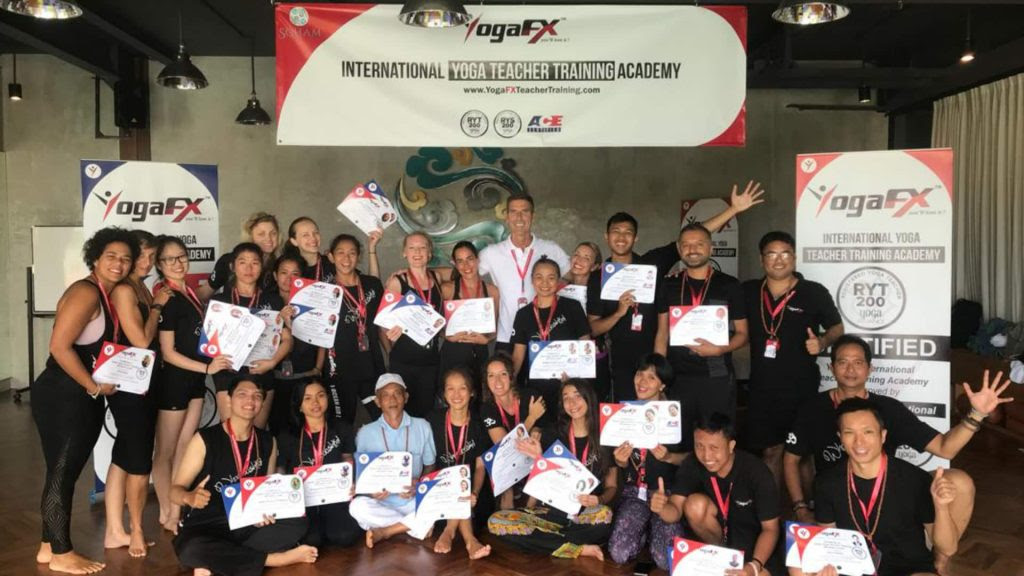Becoming a yoga practitioner requires a blend of physical skill, mental dedication, and educational training. Whether you’re aiming to deepen your own practice or become a certified yoga instructor, understanding the foundational requirements is key to success. In this article, we’ll discuss the qualifications, training, and personal qualities needed to thrive as a yoga practitioner and yoga teacher.
What Are the Basic Yoga Practitioner Requirements?
Physical Fitness and Flexibility
Yoga demands physical fitness, strength, and flexibility. While you don’t need to be extremely flexible to start, a certain level of mobility will make the practice easier. Over time, consistent practice will increase your flexibility, strength, and endurance.
Recommended Physical Requirements:
- Basic mobility and joint flexibility
- Stamina for performing sequences (particularly in Vinyasa or Power yoga styles)
- Strength to support poses, especially those involving core and upper body strength
Building your physical fitness is a process; consistent practice and dedication will help you achieve the flexibility and strength required for advanced postures.
Mental Commitment and Discipline
Yoga is as much a mental practice as a physical one, requiring dedication and a willingness to commit to regular practice. Developing mindfulness, focus, and mental resilience is essential, particularly if you’re preparing to teach.
Recommended Mental and Emotional Skills:
- Strong commitment to daily or regular practice
- Patience to progress gradually, without frustration
- Ability to stay focused on alignment, breath, and mindfulness during poses
- Open-mindedness and willingness to embrace the philosophy of yoga
Mental discipline is the foundation of a fulfilling yoga practice. Yoga helps cultivate resilience and patience, qualities that will grow along with your physical abilities.
Educational Requirements for Yoga Practitioners
If your goal is to become a certified yoga practitioner and eventually a teacher, there are specific educational requirements to meet. These generally include formal training and certification.
Completing a Yoga Teacher Training (YTT) Program
Yoga Teacher Training (YTT) is the primary pathway for becoming a certified yoga practitioner. Typically, a YTT program includes coursework in anatomy, yoga philosophy, teaching methodology, and hands-on practice.
Key Components of a YTT Program:
- Anatomy and Physiology: Understanding body mechanics, alignment, and safety.
- Yoga Philosophy: Learning the foundational texts like the Yoga Sutras and Bhagavad Gita.
- Teaching Methodology: Gaining skills in sequencing, cueing, and hands-on adjustments.
- Practice Teaching: Leading classes under supervision to develop confidence and style.
200-Hour Certification: This is the entry-level certification most practitioners start with. A 200-hour YTT provides a solid foundation in yoga principles, asanas (postures), anatomy, and class management.
300-Hour and 500-Hour Certifications: For advanced training, these programs dive deeper into specialized yoga practices, teaching methods, and anatomy. These certifications are beneficial for those who wish to teach at advanced levels.
Choosing a Specialization
Yoga offers numerous styles and specializations, each with its own techniques, philosophies, and demands. Some popular specializations include Vinyasa, Hatha, Ashtanga, Yin, and Hot Yoga.
Benefits of Specialization:
- Allows you to tailor your teaching style
- Expands career opportunities in specific types of studios or wellness centers
- Helps attract a dedicated student base interested in specific styles or approaches
Specializations may require additional training, often in the form of workshops or advanced certifications, to ensure you have a deep understanding of the style you’re teaching.
Obtaining Certification and Accreditation
To be recognized as a certified yoga practitioner, you must complete an accredited YTT program. Yoga Alliance is the most widely recognized accrediting body, especially for those in the United States and Europe.
Yoga Alliance Certification Requirements:
- Completion of a 200-hour YTT program registered with Yoga Alliance
- Adherence to the Yoga Alliance code of conduct and continuing education requirements
- Regular renewal and participation in ongoing education to maintain your credentials
Practical Skills Needed to Thrive as a Yoga Practitioner
Strong Communication and Interpersonal Skills
Communication is essential for guiding students, explaining poses, and creating a safe, supportive environment. Even if you’re not planning to teach, these skills are valuable for sharing your practice and building connections within the yoga community.
Key Communication Skills:
- Clear, precise instructions to guide others safely through poses
- Active listening to understand students’ needs and limitations
- Encouragement and empathy to foster a supportive environment
- Ability to provide constructive feedback and adjustments
Knowledge of Yoga Ethics and Philosophy
Yoga is grounded in philosophy and ethics, particularly the yamas (ethical standards) and niyamas (self-discipline principles) outlined in Patanjali’s Yoga Sutras. Understanding and embodying these principles is essential for those who wish to integrate yoga into their lives fully.
Core Yoga Principles:
- Ahimsa (Non-violence): Practicing compassion and kindness toward oneself and others.
- Satya (Truthfulness): Being honest with yourself and those around you.
- Aparigraha (Non-attachment): Embracing non-attachment to material possessions and ego.
- Svadhyaya (Self-study): Continuously exploring and understanding oneself.
Embracing these values is fundamental for personal growth and provides a strong ethical foundation for anyone working with students or clients.
Building a Personal Yoga Practice
To teach effectively, it’s essential to develop and maintain a consistent personal yoga practice. This practice not only helps you improve physically but also deepens your understanding of yoga principles, poses, and breathing techniques.
Benefits of a Consistent Personal Practice:
- Increases your own flexibility, strength, and balance
- Enhances your understanding of alignment, movement, and body mechanics
- Allows you to explore different sequences and styles to enrich your teaching
- Helps you stay connected to the philosophy and mental aspects of yoga
Additional Requirements for Becoming a Yoga Teacher
For those looking to go beyond personal practice and become a teacher, there are a few additional requirements.
Liability Insurance for Yoga Teachers
Once you’re certified, having liability insurance is highly recommended, especially if you plan to teach in multiple locations. Liability insurance protects you and your clients and is often required by studios and gyms.
Benefits of Liability Insurance:
- Provides protection against accidental injuries and claims
- Covers you in a range of teaching environments (studios, online, private sessions)
- Boosts credibility and trustworthiness among students
Continuing Education
Yoga is a lifelong journey. Yoga Alliance and most reputable studios require ongoing education to ensure that instructors are up-to-date on best practices, trends, and techniques.
Types of Continuing Education:
- Attending workshops or advanced courses in specific styles
- Taking anatomy and biomechanics courses to enhance knowledge of the human body
- Participating in wellness and mindfulness programs to expand your understanding of holistic practices
Continuing education keeps you growing as a practitioner and helps you remain relevant and valuable as an instructor.
FAQs About Yoga Practitioner Requirements
1. Do I need to be flexible to become a yoga practitioner?
No, flexibility is not a prerequisite to start yoga, but it’s a skill you develop over time. Consistent practice will gradually improve your flexibility, strength, and balance.
2. Can I become a yoga teacher without a 200-hour YTT certification?
Most professional teaching environments require at least a 200-hour YTT certification, especially if you want to work in studios or teach accredited classes. Certification ensures you have foundational knowledge in anatomy, philosophy, and teaching methodology.
3. How long does it take to become a certified yoga practitioner?
A 200-hour YTT program typically takes 3 to 6 months to complete, depending on whether you choose a full-time, part-time, or online format. Advanced certifications, like the 300-hour and 500-hour programs, require additional study.
4. What is the best style to start with as a beginner?
Hatha and Vinyasa yoga are excellent starting points for beginners. These styles focus on foundational poses, breathwork, and alignment, providing a solid foundation for any yoga practice.
5. Are there age or health restrictions for becoming a yoga practitioner?
Yoga can be adapted for people of all ages and health levels. However, individuals with medical conditions should consult a doctor before beginning, and it’s essential to work within your own limits.
6. Can I specialize in multiple types of yoga?
Yes, many yoga practitioners choose to specialize in multiple styles. For instance, a practitioner may combine Hatha, Vinyasa, and Yin yoga to offer varied classes. Additional certifications are often required to specialize.
7. What’s the difference between a yoga practitioner and a yoga instructor?
A yoga practitioner is someone who regularly practices yoga, while a yoga instructor has completed teacher training and is certified to teach classes.
8. How can I improve my communication skills as a yoga teacher?
Practice clear, concise instructions, use positive language, and observe how experienced instructors engage with their students. Empathy and active listening are also crucial for effective communication.
9. Is yoga teacher liability insurance necessary?
Yes, liability insurance is highly recommended for yoga instructors. It provides protection against claims related to accidental injuries or other incidents during classes, and many studios require instructors to have it.
10. Do yoga instructors need to renew their certification?
Yoga Alliance-certified instructors must renew their credentials every three years, including ongoing education to keep their knowledge and skills current.
Conclusion
Becoming a yoga practitioner or teacher requires dedication, training, and a commitment to lifelong learning. Meeting the physical, mental, and educational requirements outlined in this article will help set you on the path to becoming a skilled and respected practitioner.
Whether you’re looking to deepen your practice or make a career out of teaching, understanding these yoga practitioner requirements is essential for building a strong foundation.
Remember, yoga is not just about mastering poses; it’s a journey of personal growth and self-discovery that enhances both your life and the lives of those you touch through your practice.

